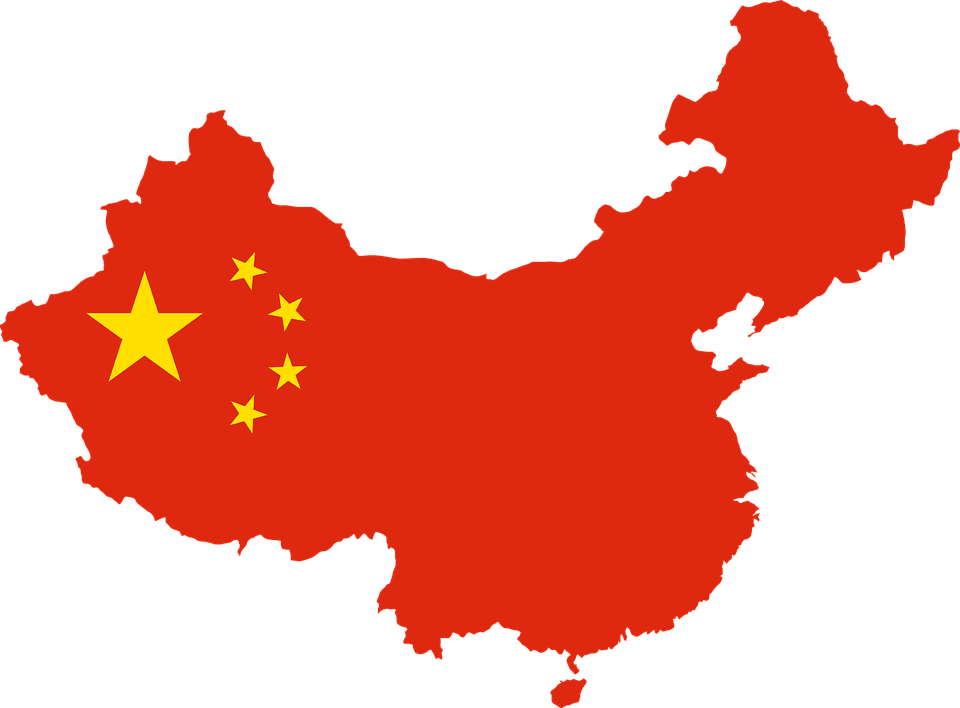
Currently in the world today there are five countries classified as communist countries: China, Cuba, Laos, Korea, and Vietnam. But what does it mean for these countries to be communist countries?
In order to better understand what the governmental and economic systems of these communist countries are like, let’s take a closer look at the history of communism in the world and have a look at these five countries individually.
Communism In The World Today
Communist countries are those based on the philosophy of communism, created by Karl Marx and Vladimir Lenin. After the Russian revolution in 1917, the Soviet Union was created, and it came to dominate much of the world in the 20th century. Under communism, a single party runs the government, and private property along with economic profits are replaced by a model that distributes these things to the public.
Communism gets its name from the communal ownership of production means and tools, along with natural resources. Communism is often categorized as a type of socialism but there is debate over this classification. Nations referred to as socialist nations are typically democratic nations with multiple political parties, rather than one main party in control. It is not necessary to have a socialist party in political power at that moment, as long as socialist principles like government regulation of infrastructure/industries and the existence of social safety nets, to be a socialist nation.
The communist countries follow the theory created by Marx, which states that there are two different phases of communism. In the first phase, while the working class would have leverage over the government and economy, they would still be paid based off of the quantity and the quality of their productions. However, during the second phase of communism, these methods of payment would end and the government, or even class divisions, would no longer be found.
Throughout the 20th century, much of the world lived in the communist system. Approximately one-third of the global population lived under some type of communist government. The most notable example of communist governments was the Soviet Union, which existed from the middle to late 20th century and collapsed due to economic stress in the early 1990s. Party officials within this communist system dictated the prices, production quotas, and wages of workers. After the collapse of the Soviet Union, many of its member states would transition to capitalism or other forms of economic models. The remaining communist countries in the world are Vietnam, North Korea, Laos, Cuba, and China.
Countries that were once part of the Soviet Union include Latvia, Turkestan, Georgia, Estonia, Armenia, Moldova, Tajikistan, Ukraine, and was Pakistan. You may notice that many of these nations are in Eastern Europe or the Middle East. This region was referred to as the Soviet bloc, and its reach also extended to other countries like East Germany, Bulgaria, Hungary, Poland, Slovakia, and Romania. There were other countries that were under communist rule as well, like the Balkans: including Bulgaria, Croatia, Montenegro, Slovenia, and Albania.
The Five Communist Countries
China
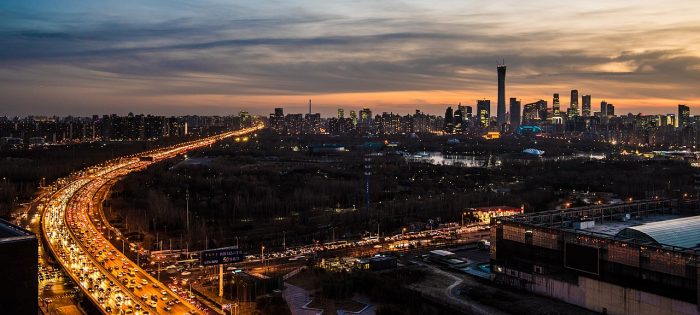
Beijing, China’s eastern skyline. Photo: Picrazy2 via Wikimedia Commons, CC 4.0
In 1949, the People’s Republic of China was born when Mao Zedong rose to the head of China and instituted a communist reformation. In the years since then, China has stayed a communist country, although many various economic and political reforms have happened in the years since. Nonetheless, the moniker “Red China” is often applied to the country referencing the Communist Party’s control of the nation. While the country of China does have other political parties, parties outside the major Communist Party of China, these parties are somewhat small. While open elections are held throughout the country, all political appointments are overseen by the Communist Party of China.
Recent decades have seen reformations to China’s political stance and relationship with the rest of the world. China has become more open to the world in the past few decades, and some of the primary communist principles have fallen away as a result of this shift. 2004 saw China’s Constitution amended to recognize the existence of private property.
Today, China’s economy is rapidly growing and developing, having one of the fastest growth rates in the world. China is also the most populous country in the world, with around 1.4 billion people living there.
Cuba
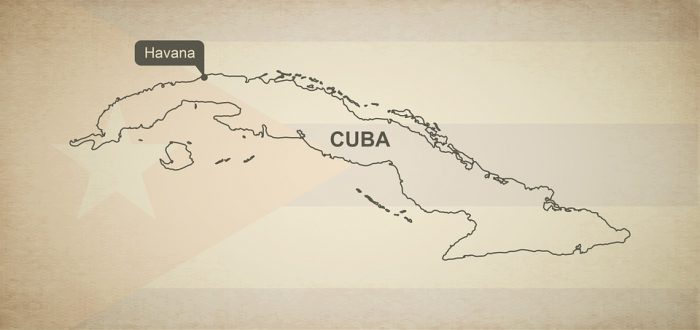
Photo: onestopmap via Pixabay, CC0
In 1959, Fidel Castro came to power in Cuba, leading a revolution against the reigning government at the time. Two years later Cuba became a communist nation, and it developed a close relationship with the communist Soviet Union. As a reaction to this development, the United States would establish a ban on all trade with Cuba. After the collapse of the Soviet Union in the early 1990s, Cuba had to find other methods of trade and economic support, establishing trade relations with countries like Venezuela, China, and Bolivia.
In 2008 Fidel Castro succeeded power to his younger brother Raul Castro, approximately eight years before his death in 2016. Relations between Cuba and the United States improved during the presidency of Barack Obama, who loosened travel restrictions on Cuba during his second term in office. However, travel restrictions were tightened once more under the administration of Donald Trump. Currently, Cuba has a GDP of around $254.86 billion in terms of purchasing power. Its population is around 11,220,000, which makes it the 82nd most populous country on earth.
Laos
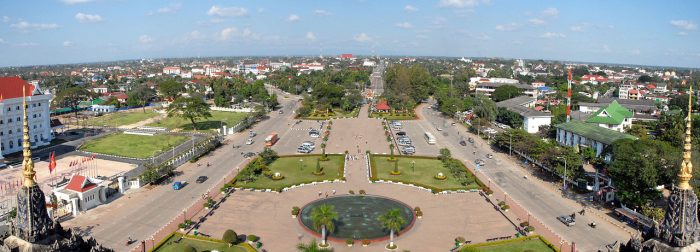
Vientiane, the capital of Laos. Photo: By Jean-Pierre Dalbéra from Paris, France – La ville de Vientiane vue du haut du Patouxai (Laos), CC BY 2.0, https://commons.wikimedia.org/w/index.php?curid=15267908
Although Laos is officially called Lao People’s Democratic Republic, the government is primarily run by military generals operating a one-party system based on communist principles and Marxist/Leninist ideas. Laos became a communist country after a revolution occurred in 1975 supported by the Soviet Union and Vietnam. During the late 80s, some revisions were made to the country’s laws that allowed certain forms of private property, and in 2013 Laos joined the World Trade Organization. The population of Laos is approximately 6, 759,000 people, which makes it the world’s 103rd most populous country. Laos’s economy is fairly stable, and growing at a medium rate, currently having the fourth highest GDP in Southeast Asia after Thailand, Singapore, and Malaysia.
North Korea
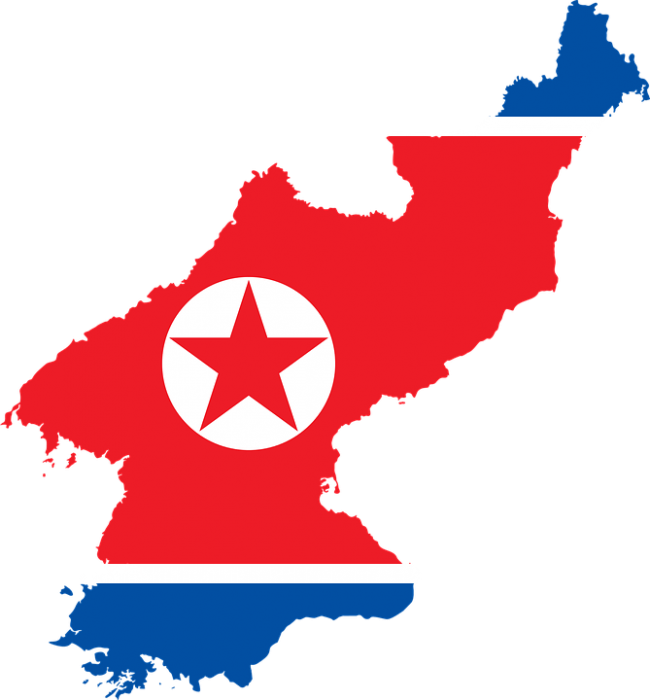
Photo: GDJ via Pixabay, CC0
During the second world war, Korea was occupied by Japan, and following the war’s end the country was split into an American occupied South Korea and a Russian occupied North Korea. A few years after the wars and, South Korea declared its independence from North Korea, and afterward, North Korea became a communist country and declared its sovereignty. The leader of North Korea at the time was Kim Il-Sung, who was backed by the Soviet Union. While the North Korean government doesn’t officially consider itself communist, most other nations in the world classify it as a communist nation. That said, the North Korean government declares itself to operate on its own principle of “self-reliance” or “juche”.
The principle of self-reliance was introduced sometime in the mid-1950s, and the Korean government states that it is embodied by the Kim family and the ruling party. Juche would become the official government policy during the 1970s, continuing as Kim Il-Sung passed control to Kim Jong-Il and then to Kim Jung-Un. The Kim family remains the autocratic leaders of North Korea. 2009 saw the country’s constitution amended to remove the phrase communism and any mentions of the Marxist or Leninist ideals communism is based upon. Accurate statistics regarding North Korea’s development are difficult to obtain, but estimates put North Korea’s GDP at around $40 billion. In terms of population, it is the 52nd most populous country on Earth with a population of around 25, 370,000 people.
Vietnam
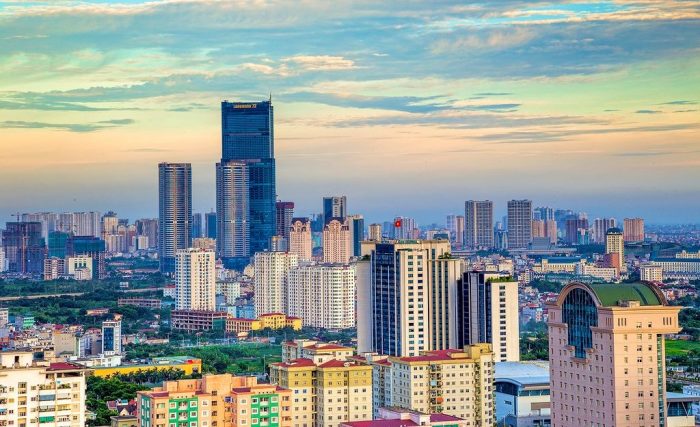
Image of western Hanoi, the capital of Vietnam. Photo: By Hieucd – Own work, CC BY-SA 4.0, https://commons.wikimedia.org/w/index.php?curid=48123831
After the end of the first Indochina war, Vietnam was divided during a conference that occurred in 1954. North Vietnam ended up as a communist controlled territory backed by the Soviet Union, while South Vietnam was supported by the United States and democratic. The partition was supposed to be temporary, although it would last until 1976 when the country reunified. After the reunification of the entire country, Vietnam became communist. As with many of the other communist countries on this list, recent decades have seen Vietnam drop some of communism’s core principles and moderate towards an economy with a blend of socialist and capitalist systems. The non-joined the WTO in 2007, and it has a medium of growth rate according to the human development index. The population of Vietnam is around 94,560,000 people according to a 2016 estimate, which makes it the world’s 15th largest country.
Countries That Have Ruling Communist Parties
While the following countries are not classified as communist nations, there dominant political parties are based on communist ideals. They’re not classified as communist countries because the party is not specifically endorsed by the nation’s constitution. These nations with influential communist parties include Moldova, Guyana, and Nepal.









